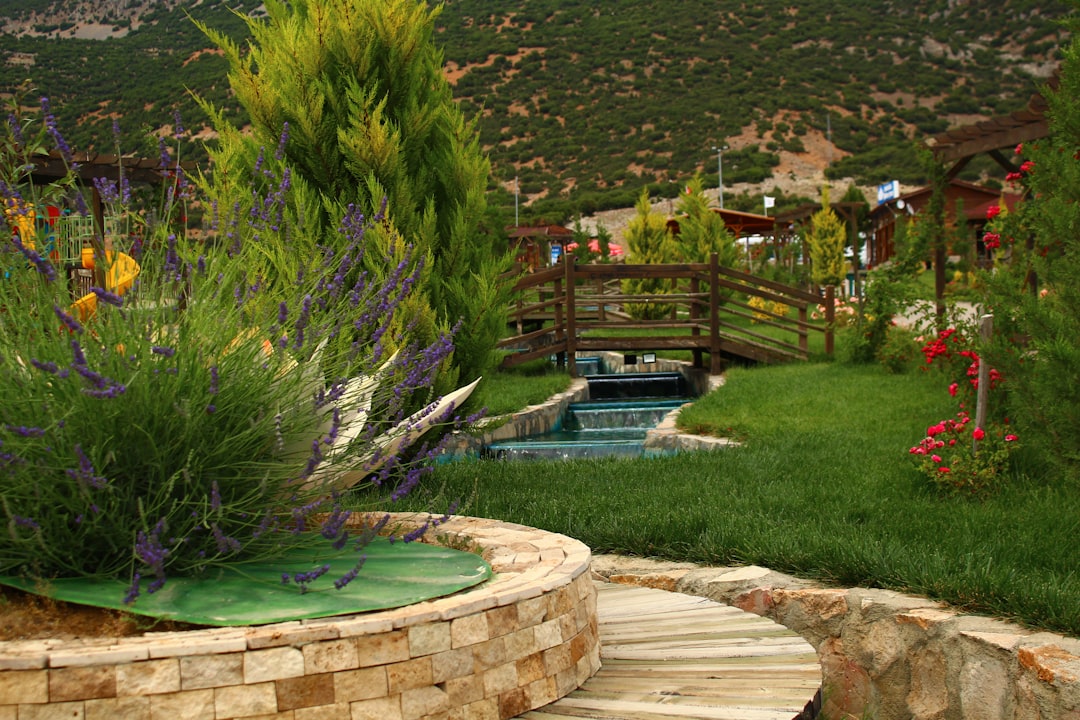August Yard Care: A Regional Guide

As the growing season reaches its peak and the harvest is in full swing, August is a crucial month for gardeners to ensure their yards and gardens thrive. This month, different regions have specific tasks that can keep your garden on the right track. Let's explore these tasks broken out by region.
Northeastern United States
In the Northeast, August brings warm temperatures and occasional heavy rainfall. One of the primary tasks is to continue watering your garden deeply but infrequently. This encourages the roots to grow deeper into the soil, making the plants more resilient to drought conditions. Check the soil moisture regularly, especially during dry spells. If the top few inches of soil are dry, it's time to water.
Weeding is also a continuous battle in August. Weeds compete with your plants for nutrients, water, and sunlight. Pull them out by hand or use a hoe to remove them from the garden beds. Make sure to get the entire root to prevent regrowth. Additionally, consider applying a layer of mulch around your plants. Mulch helps retain soil moisture, suppresses weed growth, and regulates soil temperature.
August is a great time to start thinking about fall plantings. You can sow seeds for cool-season crops such as lettuce, spinach, and kale. These crops will thrive in the cooler temperatures of fall and provide a fresh harvest well into the season. Prepare the soil by adding compost or well - rotted manure to improve its fertility.
Midwestern United States
The Midwest experiences hot and humid summers in August. The high humidity can lead to fungal diseases in your garden. To prevent this, make sure there is adequate air circulation around your plants. Prune any overcrowded branches or leaves to allow air to flow freely. You can also use fungicides as a preventive measure, following the instructions on the label carefully.
Harvesting is a major activity in the Midwest this month. Tomatoes, peppers, cucumbers, and beans are at their peak. Check your plants daily for ripe produce and pick them promptly. This not only ensures the best flavor but also encourages the plants to produce more fruits. After harvesting, clean and store your produce properly to extend its shelf life.
For lawn care, continue mowing at the appropriate height. In August, it's best to keep the grass a bit longer to help it withstand the heat. Water the lawn deeply in the early morning to reduce evaporation. If you notice any bare patches, you can overseed them to promote new growth.
Southern United States
In the South, August is still very hot, and many plants may be struggling with the heat stress. Provide shade for sensitive plants, especially during the hottest part of the day. You can use shade cloth or plant taller plants nearby to create natural shade. Water your plants more frequently, but keep in mind that overwatering can also be a problem. Make sure the soil has good drainage to prevent waterlogging.
August is a good time to fertilize your plants, but use a slow - release fertilizer. This will provide a steady supply of nutrients over time without causing excessive growth that may be vulnerable to heat damage. Check for pests regularly, as the warm weather can attract a variety of insects. Use organic pest control methods whenever possible to protect the environment and beneficial insects.
For citrus trees, which are common in the South, August is a critical month for fruit development. Make sure they receive enough water and nutrients. You can also thin out the fruits to ensure larger and healthier ones. Prune any dead or diseased branches to keep the tree healthy.
Western United States
In the West, water conservation is a top priority in August. Many areas in the West are prone to drought, so it's important to use water efficiently in your garden. Install a drip irrigation system or soaker hoses to deliver water directly to the roots of your plants, reducing water waste. Collect rainwater in barrels and use it for watering your garden.
Weeding is essential in the Western gardens, as weeds can quickly take over in the dry conditions. Remove them before they go to seed to prevent further spread. If you have a vegetable garden, continue to harvest regularly. Some crops, like zucchini and squash, can produce a large amount of fruit in a short period, so stay on top of the harvest.
For flower beds, deadhead spent flowers to encourage new blooms. This will keep your garden looking colorful and vibrant throughout August. You can also divide and transplant perennials if they have become overcrowded. This will give them more space to grow and thrive.
In conclusion, August is a busy month for gardeners across different regions. By following these region - specific tasks, you can ensure that your yard and garden remain healthy and productive throughout the growing season and into the harvest.